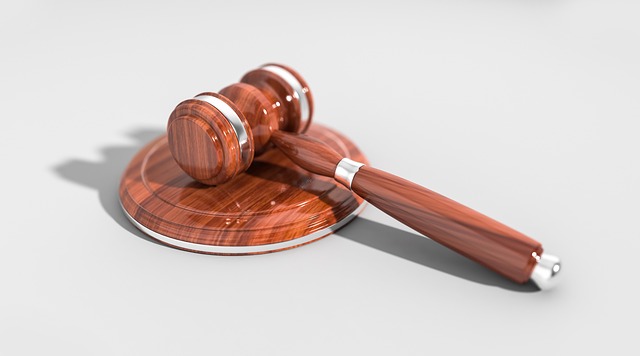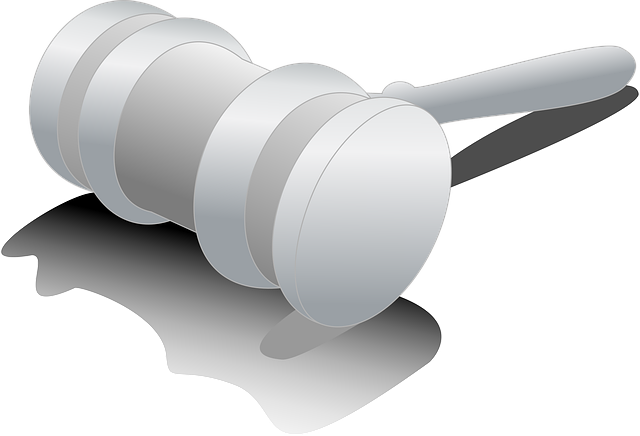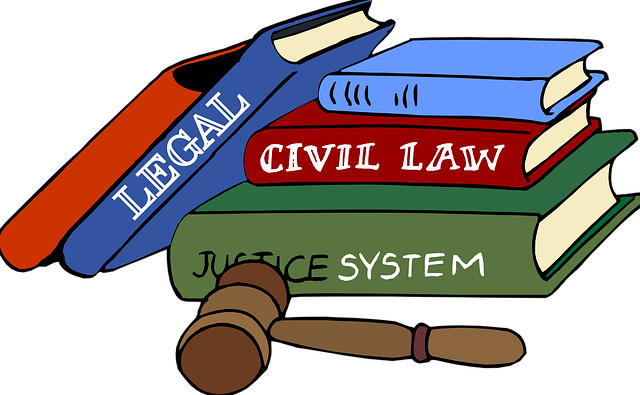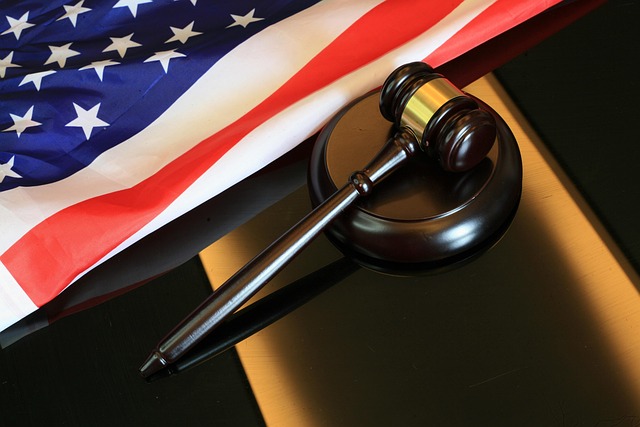Securing medical malpractice compensation requires understanding legal requirements and a complex process. Claimants need comprehensive medical records, expert opinions, and evidence of liability to demonstrate a healthcare provider's negligence causing patient harm. Key pieces of evidence include witness statements, photographs, and expert testimony for substantiating injuries and establishing negligence in cases like slip and fall incidents. Consulting an experienced attorney guides claimants through this process for a just outcome. The approval process can be streamlined with critical documents like detailed medical records and well-crafted claim forms, ensuring patients secure financial redress for serious injuries.
“Uncovering the essential documents for seamless medical malpractice compensation approval is a crucial step in ensuring fair support for victims. This comprehensive guide navigates the complex landscape of requirements, offering insights into understanding critical medical malpractice compensation needs.
From essential forms to a structured approach, we demystify the process, helping you prepare effectively. By following our step-by-step navigation, individuals seeking medical malpractice compensation can confidently move forward, ensuring their claims are thoroughly documented and presented.”
- Understanding Medical Malpractice Compensation Requirements
- Essential Documents for Efficient Approval Process
- Navigating Forms: A Step-by-Step Guide to Success
Understanding Medical Malpractice Compensation Requirements

When pursuing medical malpractice compensation, understanding the requirements is crucial for a successful claim. Medical malpractice involves situations where a healthcare professional’s negligence leads to harm or injury to a patient. To secure compensation, claimants must navigate a complex process that includes gathering extensive medical records, expert opinions, and evidence of liability. This may involve consulting with an experienced accident attorney who can guide them through the legal intricacies.
The specifics vary by jurisdiction, but generally, establishing medical malpractice compensation requires demonstrating that a healthcare provider deviated from accepted standards of care and that this deviation directly caused the client’s recovery or injury. In cases like slip and fall incidents, where negligence may be involved, evidence is crucial. This can include witness statements, photographs, and expert testimony to support the claim. The goal is to substantiate the patient’s injuries and the healthcare provider’s liability, ensuring a just and fair outcome for the client recovery.
Essential Documents for Efficient Approval Process

For a streamlined and efficient medical malpractice compensation approval process, several essential documents are required. These serve as the backbone of the claim, providing critical information that supports the case for financial redress. Key among these are detailed medical records, including the patient’s history, diagnostic reports, treatment plans, and outcomes. These records offer an unbiased account of the events leading up to, during, and following the incident, which is crucial for evaluating liability and assessing damages.
Additionally, a well-prepared and comprehensive claim form is indispensable. This document outlines the circumstances surrounding the medical malpractice, including dates, locations, and descriptions of the errors or omissions committed. The presence of these essential documents not only facilitates a faster approval process but also strengthens the claim, making it easier for both patients and their auto accident attorneys to secure the serious injuries-related compensation they rightfully deserve.
Navigating Forms: A Step-by-Step Guide to Success

Navigating the process of obtaining medical malpractice compensation involves understanding and meticulously filling out a series of forms. This step-by-step guide aims to demystify the process for individuals seeking justice in cases of medical negligence.
First, gather all relevant documentation pertaining to your medical treatment and subsequent harm. This includes medical records, bills, and any evidence supporting your claim. Next, identify and complete the specific forms required by your jurisdiction and legal venue. These may include detailed incident reports, claim applications, and authorizations for release of medical information. For cases involving nursing home abuse or breach of fiduciary duty, additional forms related to long-term care facilities and contractual agreements might be necessary. Employment contracts come into play when the malpractice occurs within a professional setting. Ensure each form is filled out accurately and thoroughly, providing all required details and supporting evidence.
When seeking medical malpractice compensation, navigating the necessary forms is a crucial step towards achieving justice. By understanding the requirements and gathering essential documents, individuals can streamline the approval process. The article has outlined key steps and provided guidance on what forms are needed, empowering readers to confidently pursue their rightful compensation in light of medical negligence.






